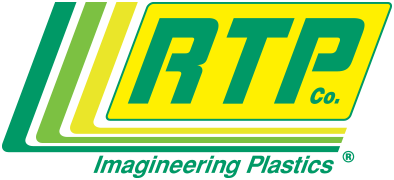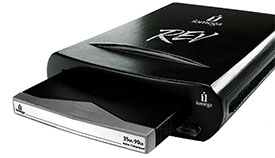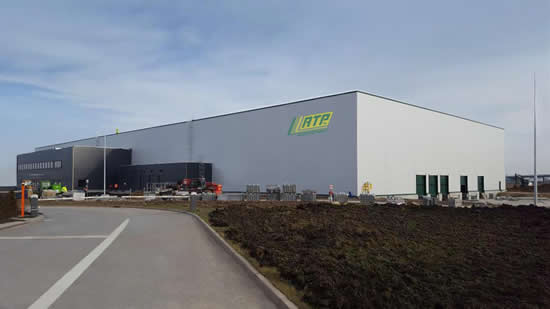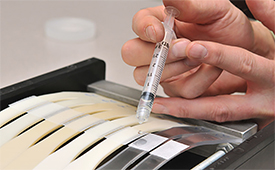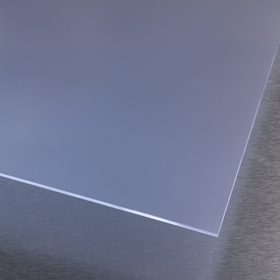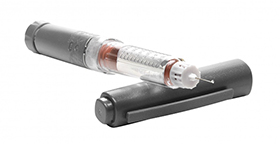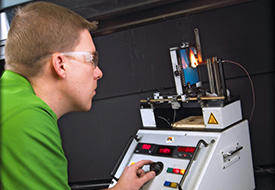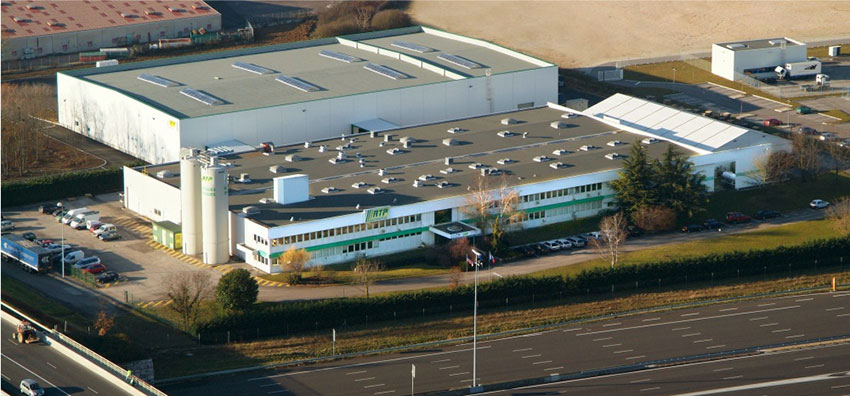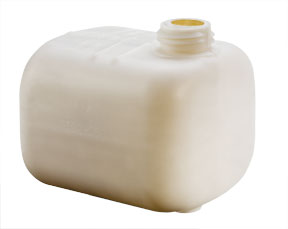
The new standards were set forth by the US Environmental Protection Agency (EPA), which limits emissions to 1.5 g/m2/day starting with the 2008 model year for recreational vehicles. The California Air Resource Board (CARB) also has new regulations that limit emissions to 2.5 g/m2/day starting in 2007 for small off road engines.
Nanocomposite compounds contain organically-treated clay that separates into nanometer-sized platelets and disperses evenly throughout the resin. The additive has a large aspect, ratio which is vital to the compound’s unique properties — particularly barrier enhancement in which transmission rates can improve by 2-4 times.
Nanocomposites perform exceptionally well in fuel tank applications due to large aspect ratio layers creating an extremely tortuous path for permeation.
The compounds offer improved mechanical and thermal properties compared to neat resins. Their low loading levels (2-8%) increase stiffness with minimal impact on specific gravity.
